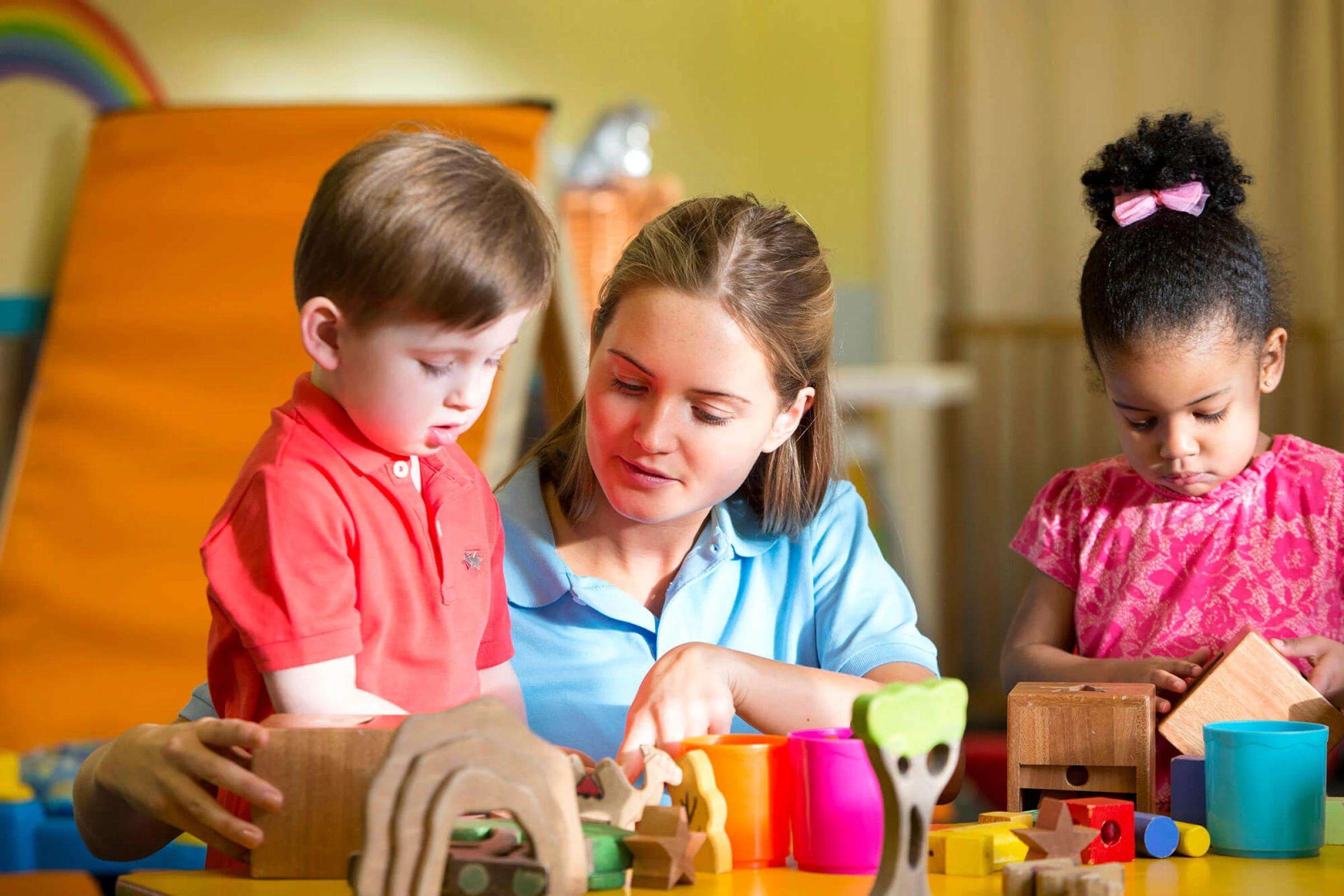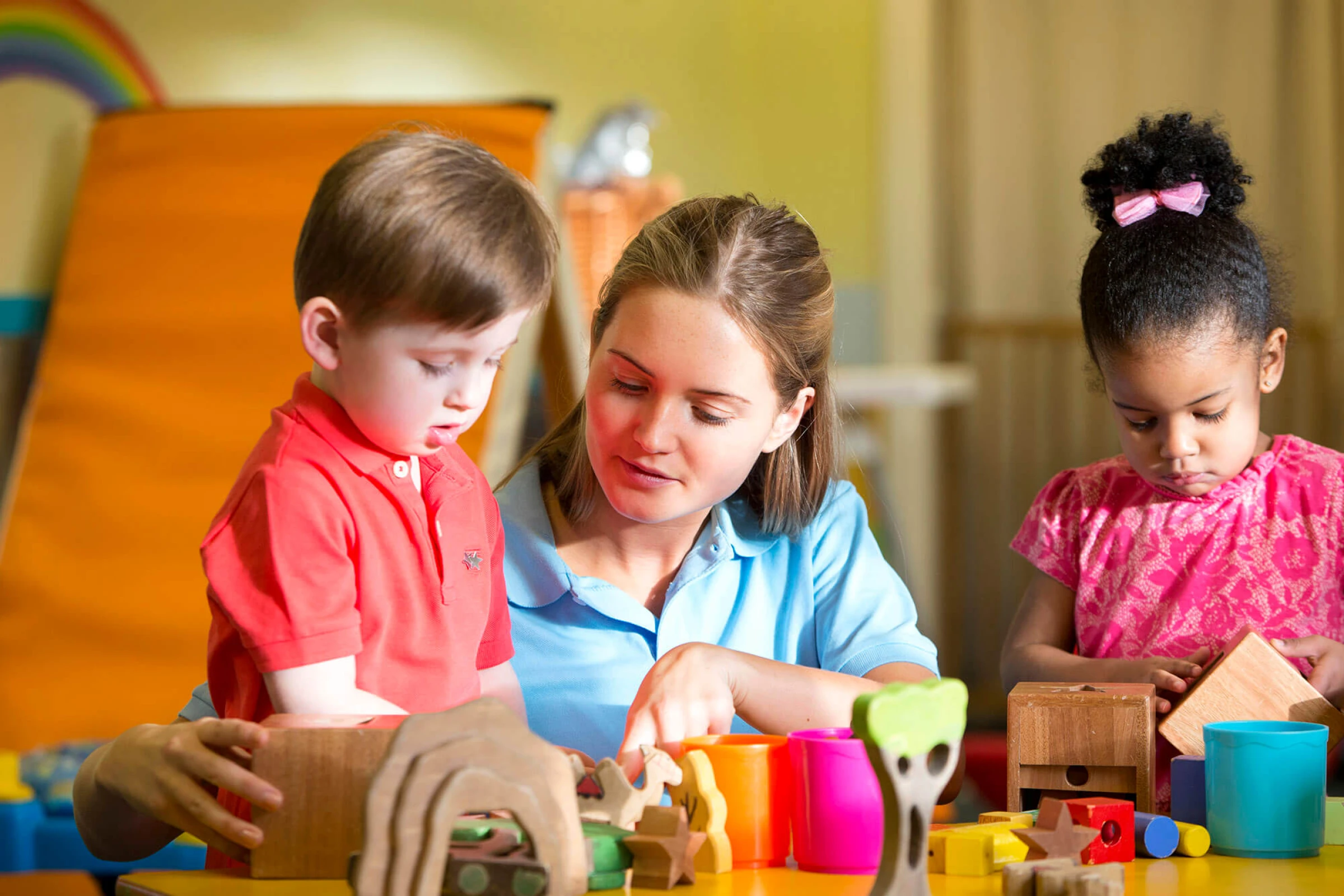Re–Focusing the Teaching of Poetry at Key Stage
Re–Focusing the Teaching of Poetry at Key Stage Two in Northern Ireland: Some Literary–Critical and Pedagogical Explorations
This blog highlights a research paper which was published in the prestigious Journal Changing English, in 2019, vol. 26, No 1, pp. 63 – 76. The paper, co–authored by Dr Brian Hanratty and Dr Peter Mc Polin, was entitled, ‘Re–Focusing the Teaching of Poetry at Key Stage Two in Northern Ireland: Some Literary–Critical and Pedagogical Explorations’. As the title implies, the paper’s central argument is the need for a radical overhaul in the way in which poetry is understood and taught at Key Stage Two in Northern Ireland.
Why Poetry?
The paper is divided into three parts. In the first part, alongside the views of other distinguished poets and poet–critics, Seamus Heaney’s thesis about what he calls ‘the redress of poetry’ is highlighted. In the lead essay from his book of that title (The Redress of Poetry, Heaney, 1995) Heaney offers reification of a central tenet of his poetry and of the philosophy underpinning it, that is, the idea of ‘the poetic imagination pressing back against the pressure of reality.’ (p.1). Extrapolating Heaney’s idea into the Key Stage Two classroom, it seems to us vital that poetry should be taught in a way which highlights its aesthetic richness and, while increasing the pupils’ awareness of the daylight world, it also extends their response to more numinous alternatives – in short, it opens up for them the windows of wonder.
How to teach poetry at Key Stage Two
In the second part of our paper – building on Heaney’s thoughts and those of many other poets highlighted in the first part – we argue that, in teaching poetry at any level, but most especially to Key Stage Two pupils, the central focus must be on ensuring and facilitating, as a matter of priority, the pupils’ enjoyment of the poems presented to them.
Before presenting our own pedagogical methods aimed at achieving that objective, we highlight the views of some poet–teachers. As far back as 1958, in his book Teaching Poetry, James Reeves argued that, with regard to teaching poetry, ‘the two methods may be called critical and non–critical’. The ‘non–critical’ method, Reeves went on to explain, focuses on the ‘performance’ of a poem. Reeves’s ideas chime very closely with those previously articulated by the distinguished poet–critic, C. Day Lewis who, in his book Enjoying Poetry (1956) argued provocatively that ‘Many “poetry–lovers” would be shocked if we told them that they do not love poetry at all; what they love is the prose meaning they can extract from a poem, or its message.’ We also quote Paul Gittins (2013) who decries a pedagogy of poetry where the emphasis is primarily on using poetry as a teaching resource and, specifically, as a vehicle for language development.
Our own pedagogy of poetry likewise rejects the idea of using poetry primarily as a tool for language development and improving literacy skills. Instead, in order to simultaneously foster pupils’ enjoyment of poetry and deepen awareness of a poem’s aesthetic qualities, as well as recommending a sensitive reading and re–reading of the poem in focus, we advocate the complementary use of other artistic media, such as music, art and drama. Thus, for example, rereading Yeats’s poem ‘The Stolen Child’ could yield a rich and integrated harvest of both innate enjoyment and aesthetic appreciation. However, these responses could be enhanced if, either before or after the reading of the poem, pupils were provided with the opportunity to listen to the playing of a carefully chosen piece of music – e.g. the Irish fairy lament ‘Port na bPúcai’, by the well–known composer, Sean O’ Riada could provide a perfect accompaniment. With the music complementing the poem’s words, it might be hoped that, despite the poem’s complex undertones, pupils could intuitively appreciate the mellifluous fluency of the lines, the beauty of the imagery of the natural world, the haunting lyricism of the refrain and the plangency, generally, of the poem’s carefully organised rhythm and rhyme. Further enjoyment and enhanced aesthetic impact might ensue if an opportunity was provided for follow–on art work and/or linked role–play, with the caveat that such activities should be seen as subsidiary to the main focus of enabling pupils to enjoy the sound of the poem.
Walter de La Mare’s (1969) ‘The Listeners’ is another good example of a poem which might generate enjoyment and unforced aesthetic impact in the Key Stage Two classroom. The strangeness and sense of mystery in the poem, furthermore, could be implicitly linked to the similar sense of otherworldliness to be found in ‘The Stolen Child’ or, indeed, in a number of other ‘Celtic Twilight’ poems by Yeats, including, for example, ‘The Lake Isle of Inishfree’ or ‘The Song of Wandering Aengus’ (Yeats 1966). In ‘The Listeners’, as with the Yeats poems, careful reading and re–reading could, perhaps at a subliminal level, alert the pupils gradually to the haunting plangency of the lines, the clever incorporation of alliteration and suggestive sibilance, and the effective management of sound effects in the poem generally. Again, too, the background playing of an appropriately eerie piece of music – e.g. ‘In the Hall of the Mountain King’ from Edvard Greig’s ‘Peer Gynt Suite’ or Camille Saint–Saëns’s ‘Danse Macabre’ – might provide a complementary score which would help deepen the poem’s overall aesthetic impact. Part of that impact, of course, is due not just to the poem’s plangent music and haunted atmosphere but also to the cleverly crafted visual imagery, such as the subtle effect of chiaroscuro in the line, ‘Stood thronging the faint moonbeams on the dark stair’ (Walter de La Mare 1969, 126). The poem’s vividly alliterative effects – e.g. ‘the forest’s ferny floor’ – also add to its overall aesthetic impact and could help promote ‘learning by heart’. Additionally, all of the poem’s linguistic strengths could perhaps eventually be teased out through an unforced discussion; that discussion could undoubtedly focus on the poem’s central mystery embedded in the juxtaposition of ‘traveller’ and ‘listeners’, as well as on the strangeness of the unfulfilled promise, or indeed the eerie sense of liminality in the poem as a whole.
Statutory Requirements
In moving now to the third and final part of the paper (divided into two sections), it is our argument in the first section, that when prescribing the statutory requirements for teaching and assessing Language and Literacy at Key Stage Two, the CEA (2016) focuses on a very skills–based approach which makes very little reference to the imaginative and affective elements in studying English generally and to the teaching and learning of poetry, in particular. Indeed, a trawl through the statutory requirements for the three Interconnected aspects of English teaching – talking and listening, reading and writing – indicates that poetry is only referred to in a cursory way. By contrast, it is undoubtedly the case that the English Programmes of Study for Key Stage One and Two, as prescribed by the National Curriculum in England (2013), undoubtedly place greater importance on the reading of poetry than is the case in Northern Ireland.
Questionnaires: Results
In the second section of the third part of our paper, some significant results emerged from the questionnaires which were distributed to a representative number of Literacy Coordinators in primary schools across Northern Ireland. The responses reinforced our perceptions that there is scope for considerable change and improvement in the way poetry is taught at Key Stage Two in Northern Ireland. One recurrent idea was the nervousness which many teachers experience when faced with the challenge of teaching poetry. An evident consequence of that nervousness was that most respondents (or, at any rate, the teachers for whom they spoke in their capacity as Literacy Coordinators) avoided engaging with poetry in a way which would enable their pupils to appreciate the richness of poetry’s linguistic and aesthetic qualities. Very few felt that a poem ought to be read, and then re–read, in a way which would highlight its aural and linguistic qualities and thus enrich the pupils’ imaginative responses to it. Typically, respondents argued that a poem should mainly be used as a tool for various kinds of language development – such as identifying nouns, adjectives and verbs – rather than being seen as a work of art which could be relished and appreciated as an end in itself. In terms, furthermore, of fostering creative writing of poetry, a poem typically was seen as something which could be written by pupils in response to the single reading of a published poem; no sense was communicated that teachers appreciated the potentially challenging effort involved, not just in writing a complete poem, but even at times in finding a single appropriate word which could reflect accurately and precisely the pupil–writers’ intentions. A linked problem was that most respondents tended to select poems from a very narrow range; that narrowness reflected their own acknowledged failure to read poems (or indeed other forms of imaginative literature) for their own enjoyment.
Conclusion
These responses – we argued– clearly indicate that there is indeed a serious and pressing need to refocus the teaching of poetry at Key Stage Two in Northern Ireland. Our central argument is that the teaching of poetry should not be viewed primarily as a stimulus for developing pupils’ language skills nor should it be seen (as is seemingly so often the case) as an instant catalyst for encouraging pupils’ so–called creative writing of poetry. Further, as we have (hopefully!) set out clearly in the second section of our paper, the reading and re–reading of carefully selected poems, together with the use of complementary art, music and role–play, will enable pupils primarily to enjoy the poems, not least because of the emphasis on each poem’s overall aesthetic and imaginative richness.



